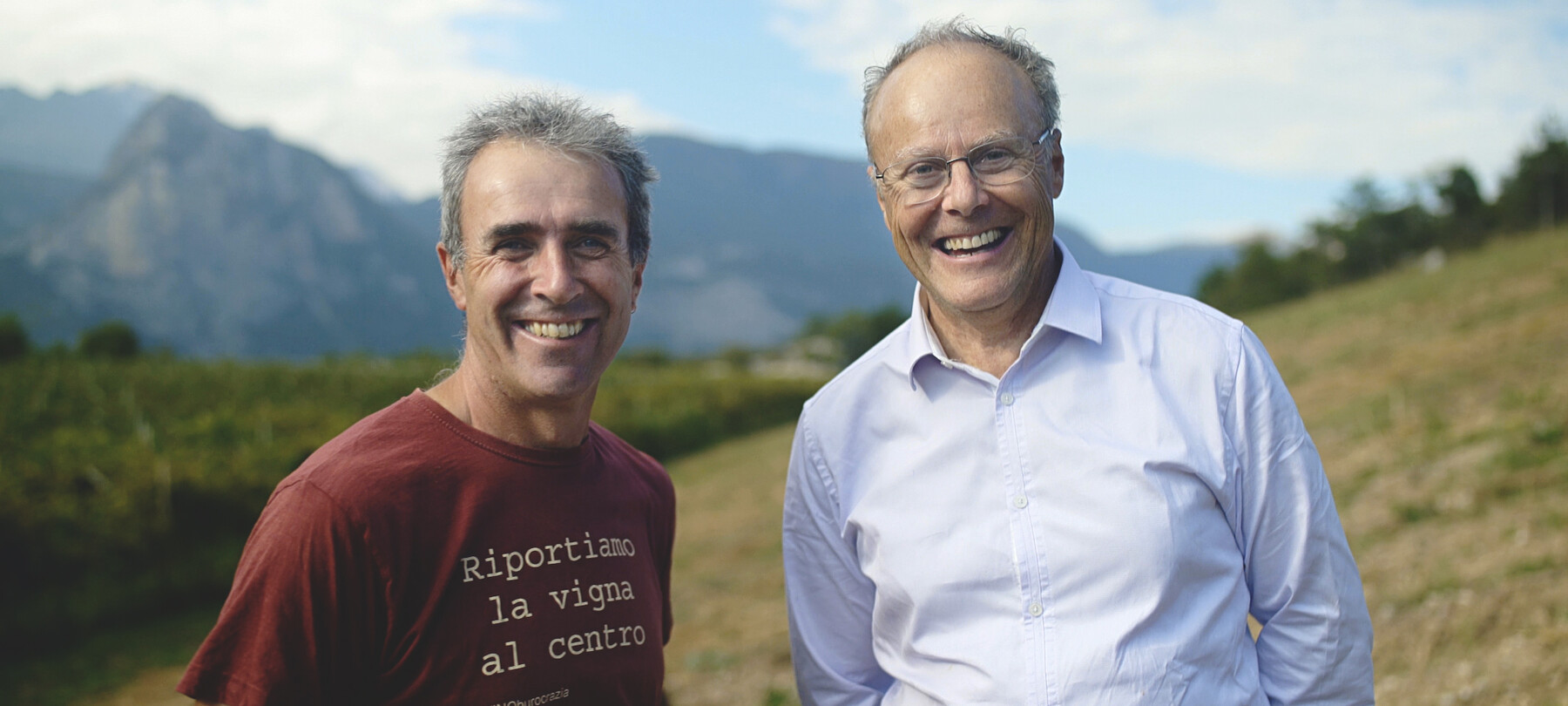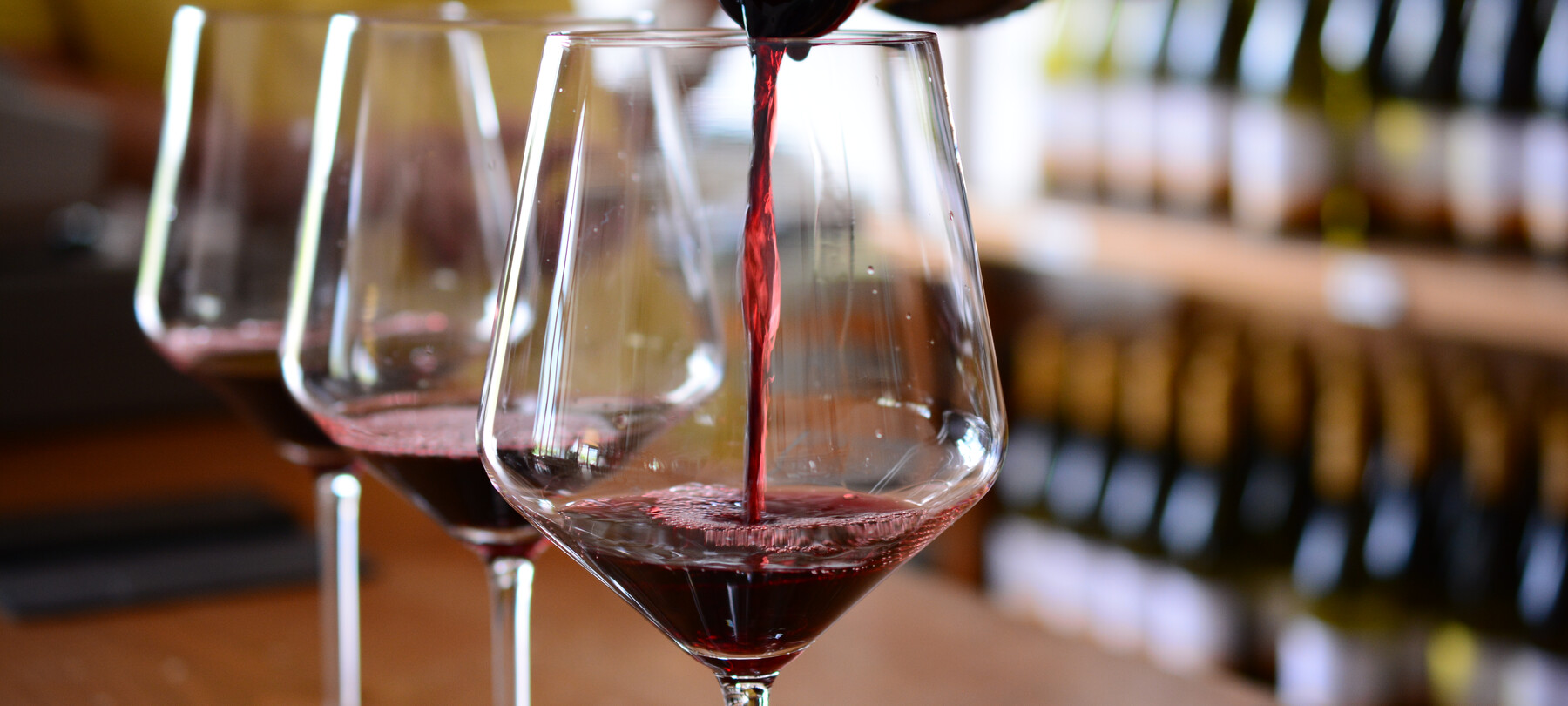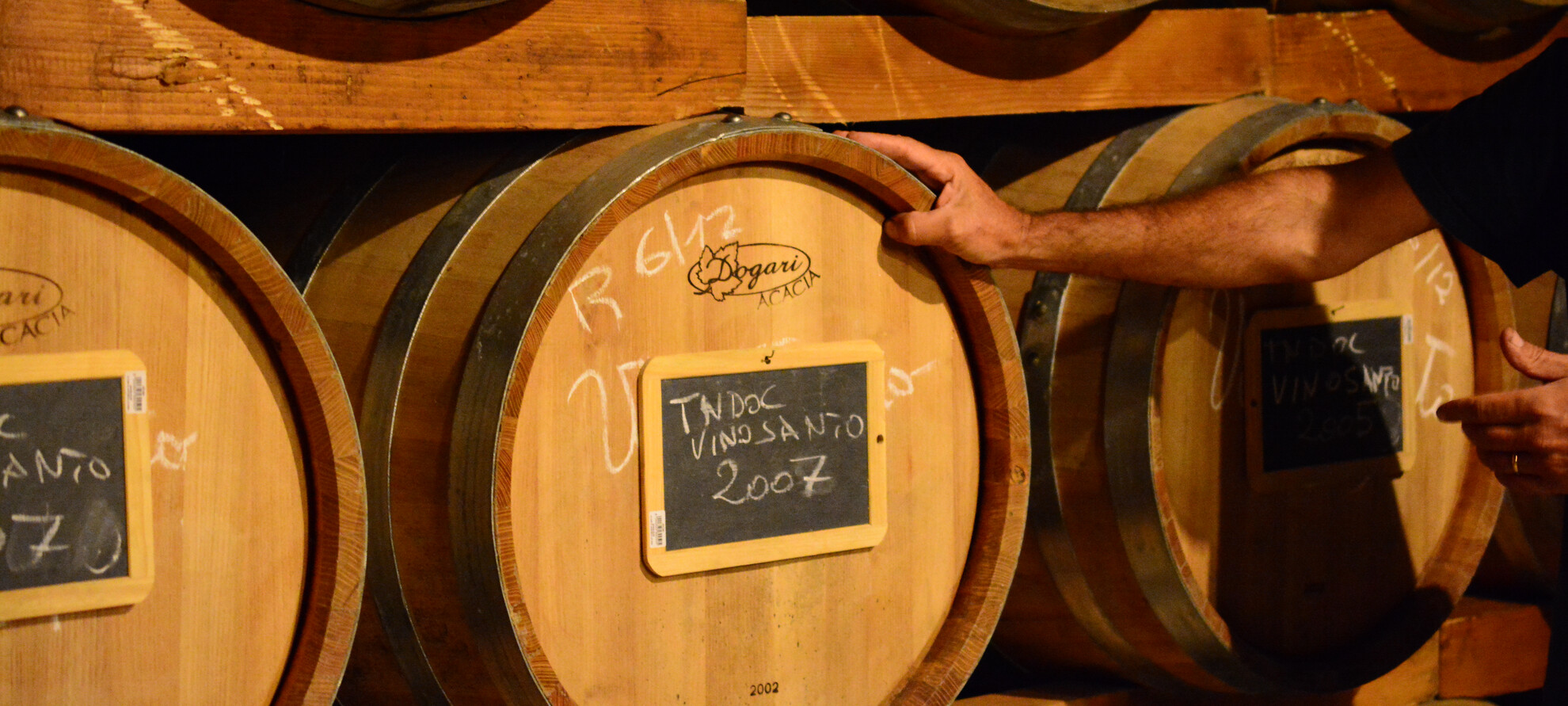Cantina Pisoni, passion and tradition
Marco, who together with his cousin Stefano, is the owner, tells us about this long-established winery in the Valle dei Laghi (Valley of the Lakes)
The wine estate of the cousins Marco and Stefano, who are the fourth-generation owners of Cantina Pisoni, conveys the company’s history of passion, hard work and excellent wines. In fact, the family has been working in the wine trade since 1852 in the Valle di Cavedine. The baton passed to Oreste and Giulio, respectively Marco’ and Stefano’s grandfathers, who, on returning home after the war in the Carpathian Mountains, inherited the land situated in Pergolese. These are the current premises of the winery that lies where Lake Garda intersects with green vineyards set against the majestic backdrop of the Brenta Dolomites, in the magnificent Valley of the Lakes.
And it is Marco who tells us the story of these 16 hectares of orchards and vineyards, lying in the piana delle Sarche (plain) and on the collina di S. Siro (hill), which have been cultivated using organic and biodynamic methods since the 1990s.
“Stefano and I created our farm in 1994, taking over the business from our fathers, Arrigo and Luigi. And from our family we inherited the passion for grape growing.” says Marco “I am personally involved in wine making, sales and marketing, while my cousin is more focused on the vineyards.”

"We make Vino Santo with Nosiola grapes which are dried for six months”
Here we grow Nosiola, a white berried grape, which is believed to have first been grown in the Valle della Laghi. This indigenous grape variety pairs very well with fish. Documents dating back to 1500 mention Nosiola as being a wine that was drunk during the Council of Trent.
“With Nosiola,” explains Marco, “we make Trentino Vino Santo, which differs from the Tuscan wine because the grapes here are dried for six months, generally from September to Easter. Raisining is performed on arèle, large racks through which the wind passes. In the area, in the afternoon, the lake Garda Ora wind blows, which plays an extremely important role for this wine.”
The very concentrated Trentino Vino Santo bears the Slow Food presidium mark: “It is limiting to talk about sweet wine here.” continues Marco “It is a tonic, a medicine for the body and soul. The sipping wine can be cellared for many years and it must be aged in barrels for ten years before it is sold.”
There are 8 producers of Vino Santo, six of which are winegrowers. The Associazione dei Vignaioli del Vino Santo (Association of Vino Santo Winegrowers) was established in 2002 in Padergnone, where you can also find the Museo del Vino Santo (museum).

“In 2011, we had the brainwave of making an important red wine called Reboro”
However, the production of this wine is limited; just a few thousand bottles per year. It matches very well with simple baked almond-based cakes, such as the Torta di Fregoloti, or with very tasty blue cheeses.
Not only Vino Santo. “Always adopting the raisining method, in 2011,” Marco continues, “we had the idea of making an important red wine. This red wine is called Reboro because it is made from the Rebo grape variety, which was created in the 1950s by a researcher called Rebo Rigotti. It is a Teroldego and Merlot hybrid grape variety.”
Reboro wine made with the same raisined grapes ‒ although with a higher alcohol content and longer cellarability ‒ is well suited to Fiorentina (grilled T-bone steak) and other barbecued meats.
Marco and Stefano have been running the winery with an eye to innovation and research, recounting its story in guided tours followed by wine tastings. “We have created itineraries extending from the cellar to the vineyards that end off with wine tastings accompanied by cold meats, cheese and cakes. We also obviously sell our wines directly in our wine estate.


